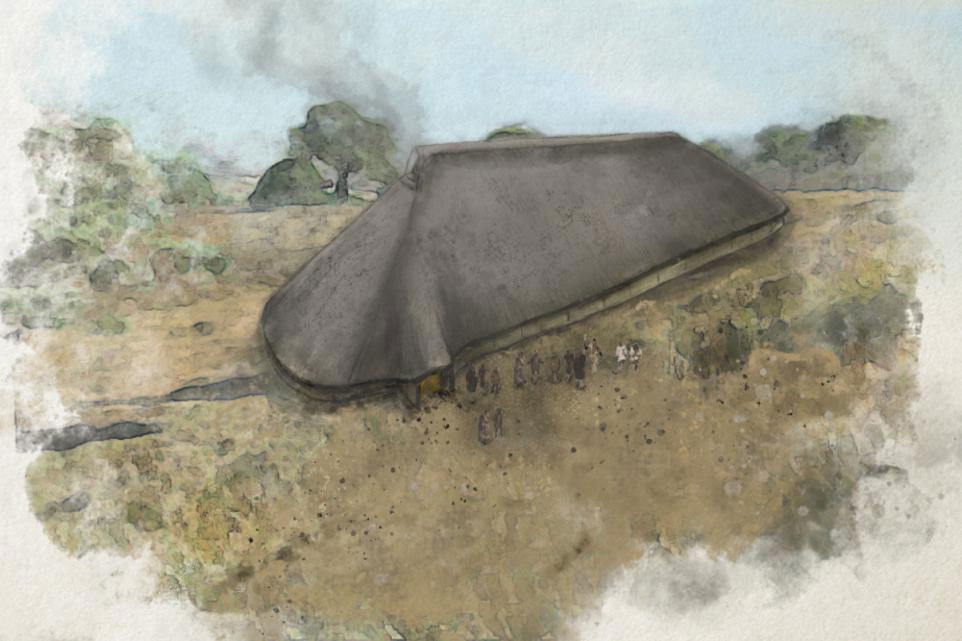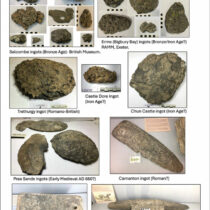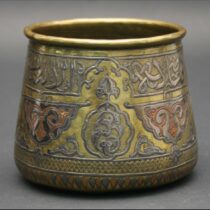A groundbreaking discovery in Carnoustie, Angus, has revealed one of the largest ancient buildings ever found in Scotland—an immense timber hall dating back to 4000 BC, over a thousand years older than Stonehenge. Stretching 35 meters in length, this monumental hall was likely used by some of the first Stone Age farmers in the region and is considered a discovery of international importance.
The structure was unearthed by GUARD Archaeology during excavations carried out ahead of the construction of football pitches near Carnoustie High School. Analysis of the findings has led archaeologists to believe that the hall, built in a forest clearing, stood as an advanced and imposing edifice for its time, supported by thick posts and roof beams, and constructed with walls of wattle and daub.
Artifacts suggest the hall served more than just domestic purposes—it may have hosted rituals, with stone tools and offerings buried inside its walls. The scale and sophistication of the building were unprecedented for that era in Scotland, showing design and carpentry skills far beyond anything seen in the Mesolithic period that preceded it.
Remarkably, a second, smaller but still substantial hall was found nearby, with evidence of hearths, food remains, and domestic activity. This co-existence of two large buildings is unique for Neolithic Scotland and hints at complex social and ceremonial life.
Findings include tools and materials from distant regions such as Arran pitchstone, a Highland smoky quartz, and gold-adorned objects. These suggest that Carnoustie was a significant regional hub where people gathered seasonally for trade, feasts, or ritual observances.
Around 200 years after its construction, the large timber hall was replaced by a smaller structure on the same footprint. Ritual deposits of stone tools continued until roughly 3600 BC, and the site was revisited for centuries, with signs of seasonal gatherings continuing until around 2500 BC.
Centuries later, during the Bronze Age (around 1400 BC), the site was resettled by people likely unaware of its ancient significance. A single roundhouse was built, replaced over time, and later became the site of another major find: a rare hoard of Bronze Age metalwork. This included a sword in a wooden scabbard, a spearhead with a gold collar, and a bronze pin, all wrapped in wool and sheepskin.
Experts say the metal items were likely made in Scotland from imported materials. The condition of the organic remains—thanks to copper’s preservative properties—is considered exceptional. These items, possibly offerings or hidden treasures, indicate that even the modest Bronze Age settlement housed individuals of status and wealth.
The excavation also unearthed unexpected details, such as the remains of grass and signs that a small field mouse had recently nested in the socket of the ancient spearhead.
This extensive archaeological project was funded by Angus Council and carried out as part of planning permission for the sports facilities. Kathryn Lindsay, CEO of Angus Council, acknowledged the unexpected significance of the site: “What began as a routine development turned into one of the most remarkable archaeological discoveries in Scotland. This project has offered an invaluable glimpse into how people lived in Angus over 6,000 years ago.”



